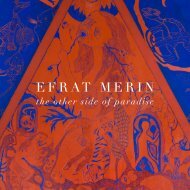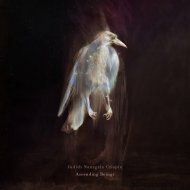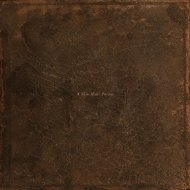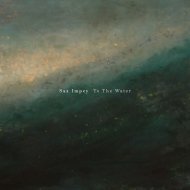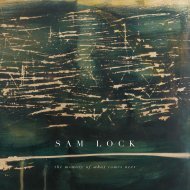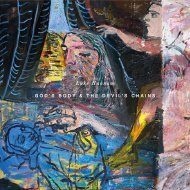Samuel Bassett 'The Great Squall'
Online catalogue for the exhibition 'The Great Squall' by Samuel Bassett at Anima-Mundi
Online catalogue for the exhibition 'The Great Squall' by Samuel Bassett at Anima-Mundi
Create successful ePaper yourself
Turn your PDF publications into a flip-book with our unique Google optimized e-Paper software.
it – but in case you don’t, you need to know that<br />
Cornwall is a place apar t, as different from England<br />
as Wales or Scotland, and that St Ives is one of the<br />
most historic and atmospheric towns in this wild and<br />
lovely land. A long, narrow peninsular, jutting out into<br />
the Atlantic, Cornwall feels separate from the rest<br />
of Britain, and Penwith, where Sam grew up, feels<br />
separate from the rest of Cornwall. A few miles from<br />
Land’s End, surrounded on three sides by open water,<br />
it’s like an island. London is a day’s drive away. With<br />
the rest of England so remote and distant, its people<br />
have always looked beyond Britain, out towards the<br />
wider world.<br />
Ar tistically, St Ives is unlike anywhere else in Britain.<br />
Perched on the edge of England, you’d think it’d be a<br />
sleepy backwater, but for a centur y this little seaside<br />
town has been at the cutting edge of modern ar t.<br />
In 1920, the great British ceramicist Bernard Leach<br />
established his own potter y here, and in 1939 Barbara<br />
Hepwor th and Ben Nicholson came here to escape<br />
the Blitz. They were joined by some of the best British<br />
ar tists of their age: Terr y Frost, Patrick Heron, Roger<br />
Hilton... Francis Bacon came here too (he actually<br />
painted in Sam’s old studio). Even Mark Rothko<br />
dropped in. Sam is now par t of this grand tradition, but<br />
with one impor tant difference. Most of those famous<br />
ar tists were outsiders, Londoners looking for a great<br />
escape. Sam’s Cornish roots go a lot deeper. His father<br />
comes from St Ives, his mother comes from Newlyn,<br />
and his family have been in Penwith for at least 300<br />
years. His father was a fisherman, sailing all the way<br />
to Ireland and the Bay of Biscay. He was a miner too,<br />
before Cornwall’s ancient tin mines closed. For Sam,<br />
Penwith isn’t just a pretty place to paint - it’s par t of<br />
who his is. He loves the wildness of the sea, especially<br />
in winter. ‘The sea’s ver y black - it’s almost like oil,’ he<br />
says, as he talks me through one of his latest paintings.<br />
Most ar tists come to paint Penwith in summer time,<br />
and depar t when the weather turns. This is what the<br />
sea really looks like on winter’s day, as darkness falls,<br />
after the holidaymakers have all gone.<br />
Sam isn’t the sor t of ar tist who stands in front<br />
of a canvas for hours on end. He works in shor t<br />
concentrated bursts, focusing all his energy into<br />
intensive sessions. This emotional intensity is reflected<br />
in his ar t. “I’ve been married, I’ve had a child, I’ve been<br />
divorced - I’ve had no money, I’ve had good money...”<br />
But whatever else is going on, his ar t is always there.<br />
“I’ve had a good year,” he says. “I’m excited about<br />
the next steps within my painting.” He never knows<br />
where it will lead him. It’s a journey into the unknown,<br />
a voyage of discover y. Who knows where will it take<br />
him next?<br />
William Cook, 2017<br />
William Cook is a writer and ar ts journalist for<br />
The BBC, The Spectator, The Independent, Christies<br />
Magazine, The New Statesman, The Guardian and<br />
Apollo Magazine.<br />
2





